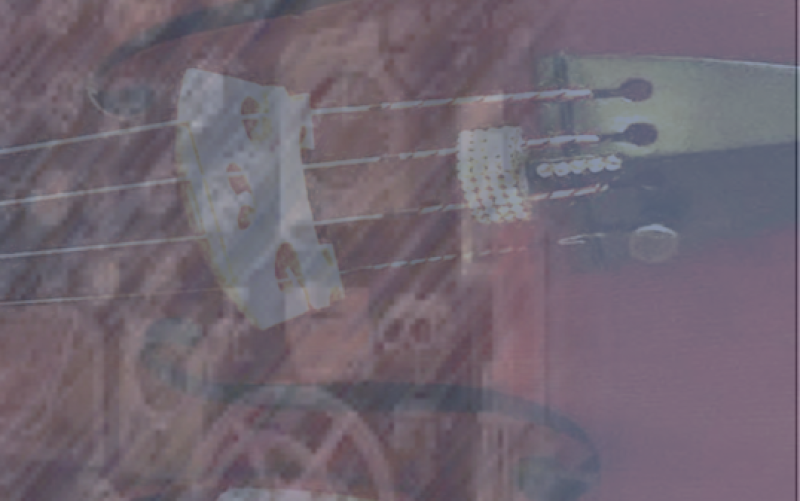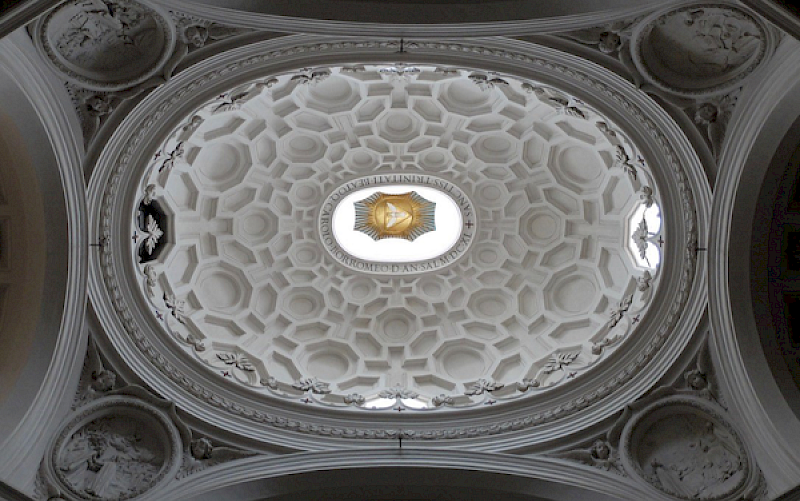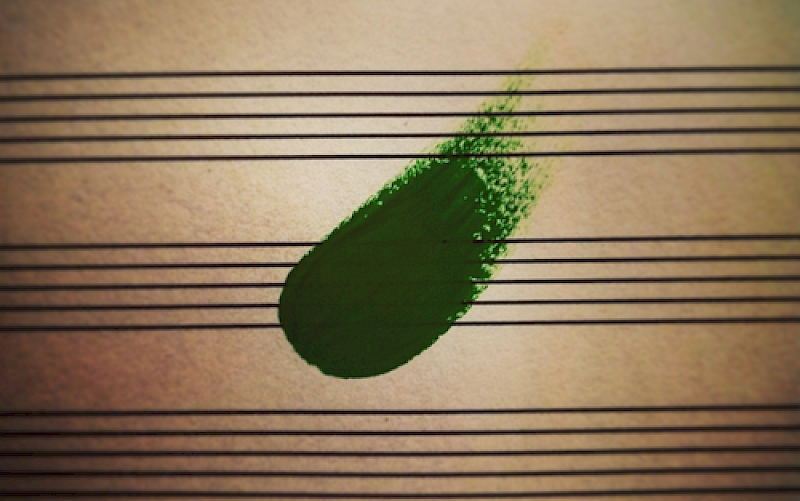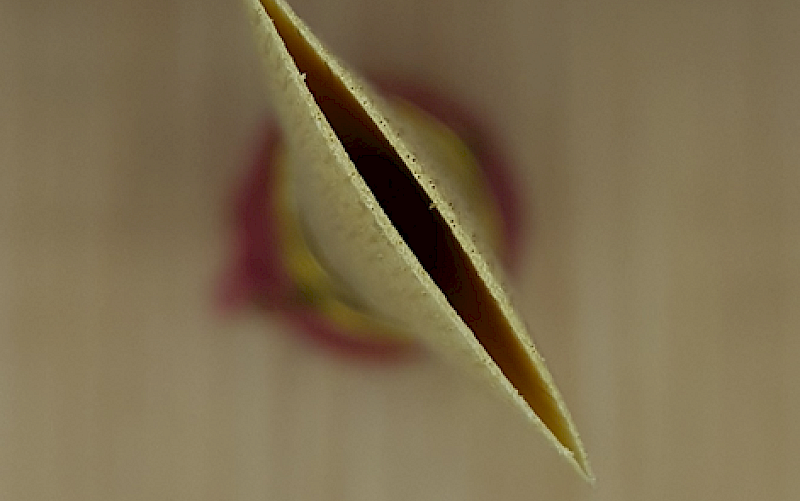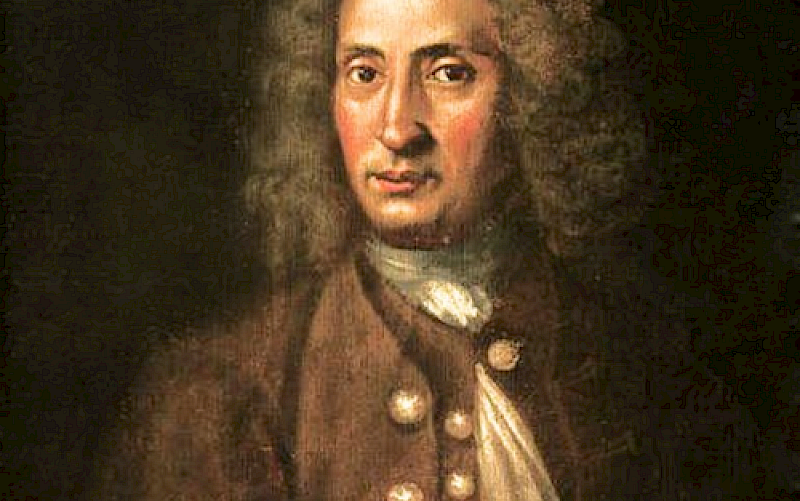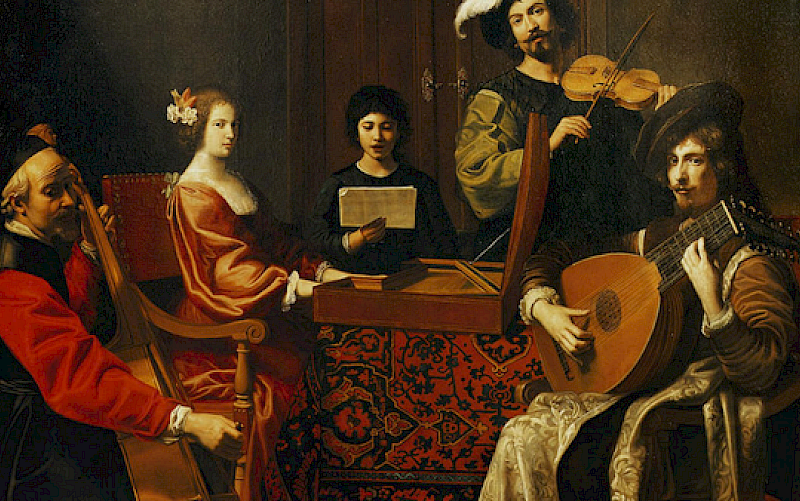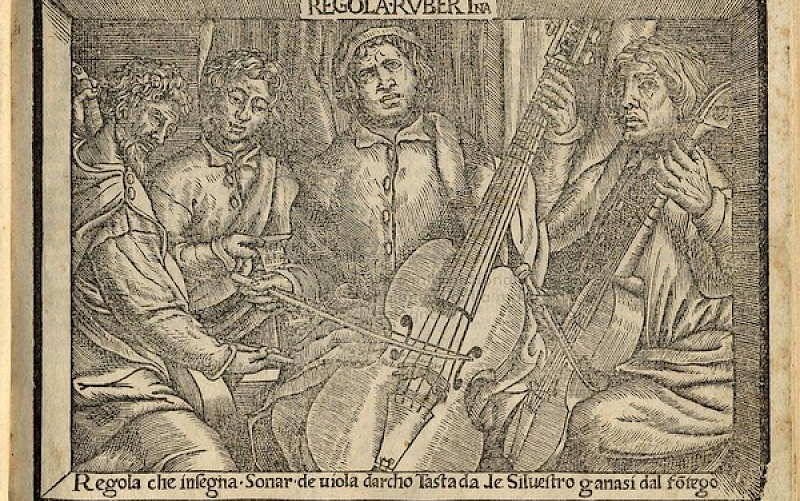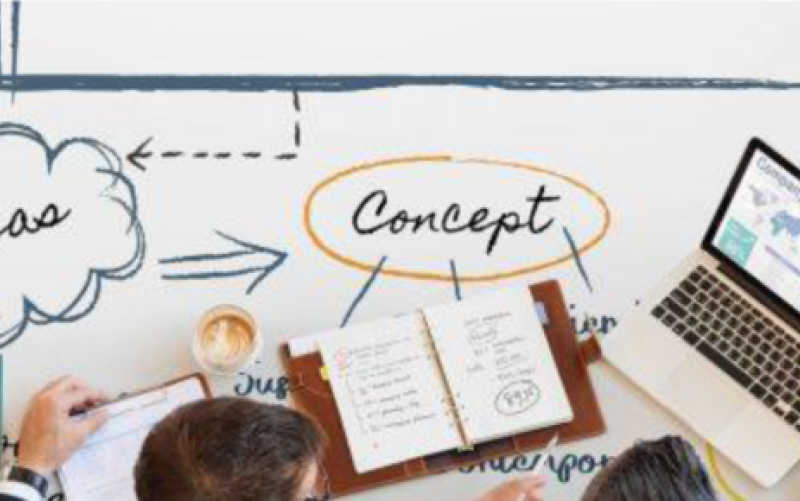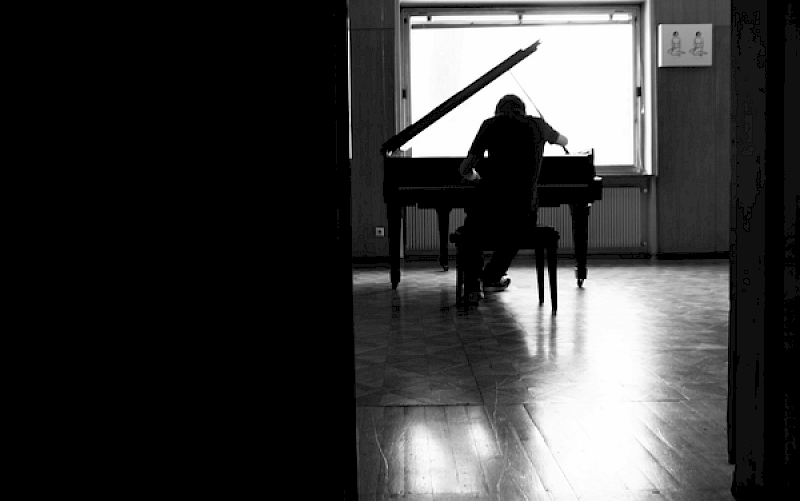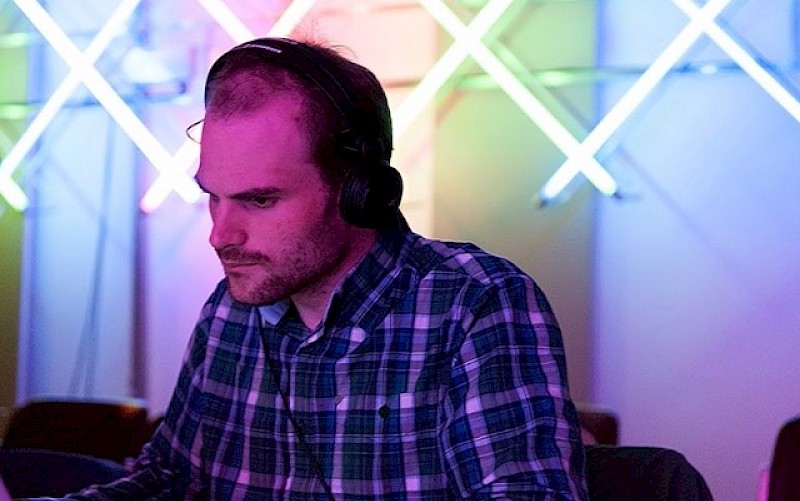How can autonomy and active learning be stimulated in a blended oboe class program?
This research is an exploration into stimulating autonomy and active learning in musical tuition. Through an explorative journey in my teaching practice I developed tools to increase autonomy, active learning and self-regulation in students, using the self-determination theory, new learning and self-regulation as the main learning theories to find answers to my research question. In my lesson practice students rarely come in as active-, self-directing autonomous learners. However, literature and experiences of other teachers, show us that students – even beginners – can learn to become active, self-directed learners. It is not common practice yet to implement these theories in music classes. This is why I would like to create a toolkit and a user manual for teachers that would like to incorporate autonomy supportive teaching and self-regulation in their practices. I will also create a blueprint to inspire working with blended programs in music classes. A flipped classroom can trigger an ongoing learning process in the week, it can aid students in their practice and it is a tool to reflect on teaching practices, teaching styles and programs. The research took place in the BASIS oboe classes at the School for Young Talent, in The Royal Conservatoire of The Hague. There were 5 beginning oboe players, in the age group of 7 till 13 years. I used a combination of design and action research. With the design research I developed the online learning space and the tools for active learning and self-regulation. With action research I reflected on my teaching, students learning, development and well-being and the use of the tools. It was possible to use learning theories in different ways. I used tables and frameworks to reflect on my teaching, I used existing tools, I tailored tools to the age group of my students and I combined aspects of active learning and self-regulation. After three design cycles there is a blueprint of a toolkit that can be used in a flexible way and there is a blueprint for blended learning in instrumental music classes. The changes in my teaching style, the implementation of the learning theories and the reflections on the program using the online environment had a great impact on the teacher – student dialogue, the content of my lessons and the overview of the program. In students I saw an increase in motivation, autonomy and effectiveness. They are very engaged young learners, they learned to choose repertoire and strategies in their practice, they are able to plan, practice and reflect on their process and they have covered more repertoire and technique over the last year in comparison to the year before. They started sharing their music outside of classes and started thinking about their own goals in their oboe practice.
Author: Irma Kort

